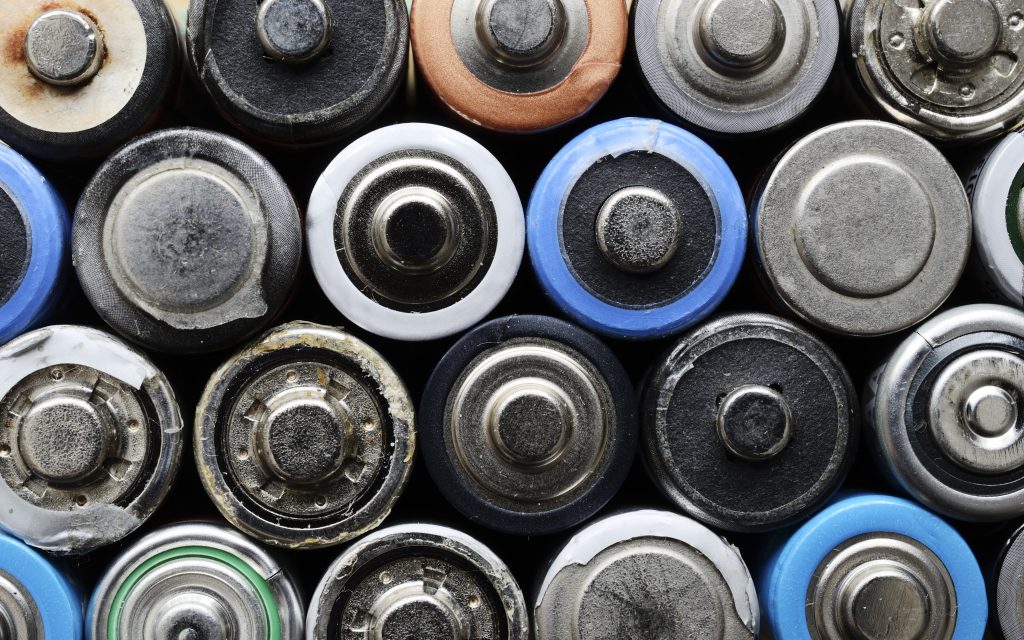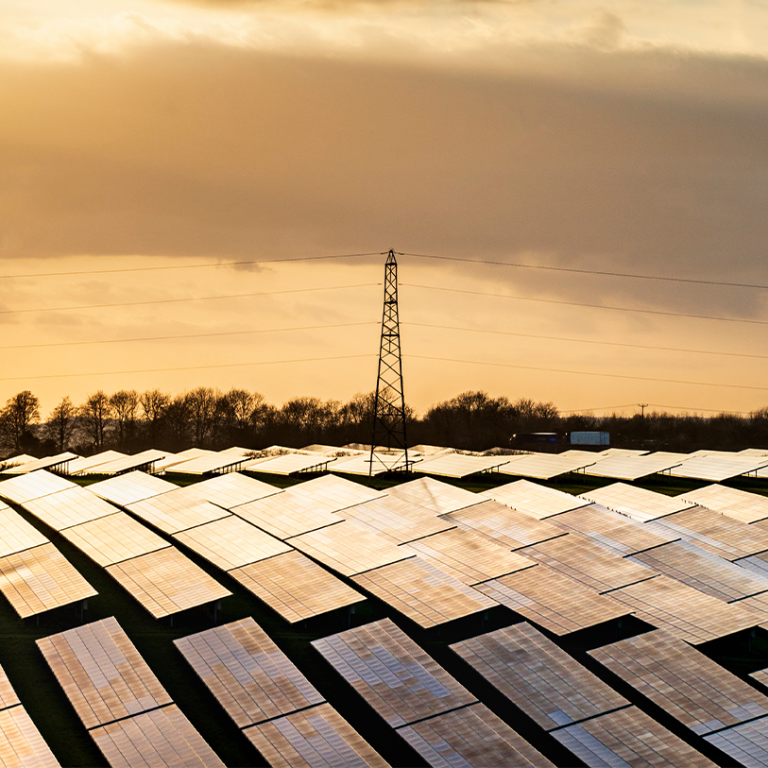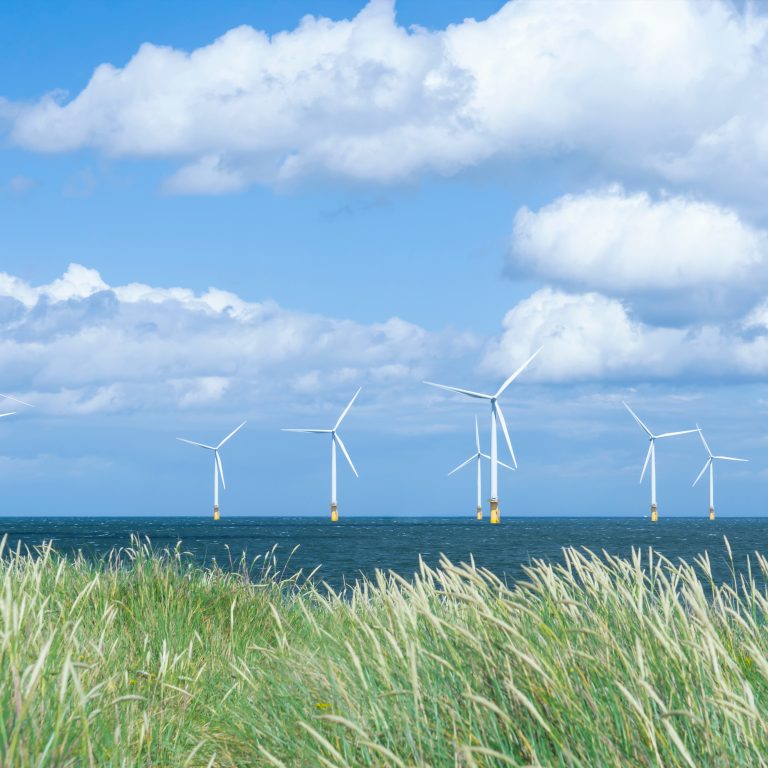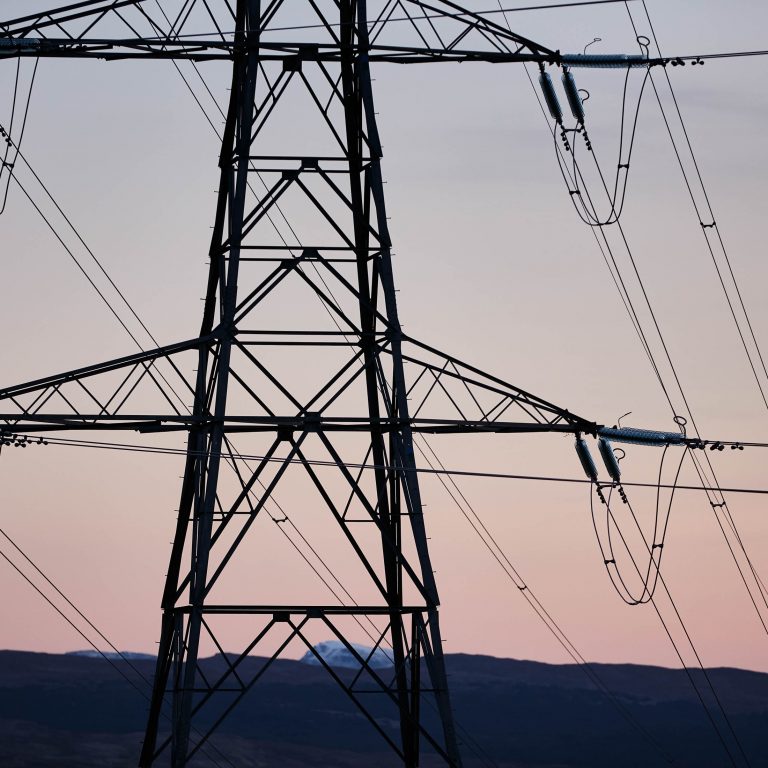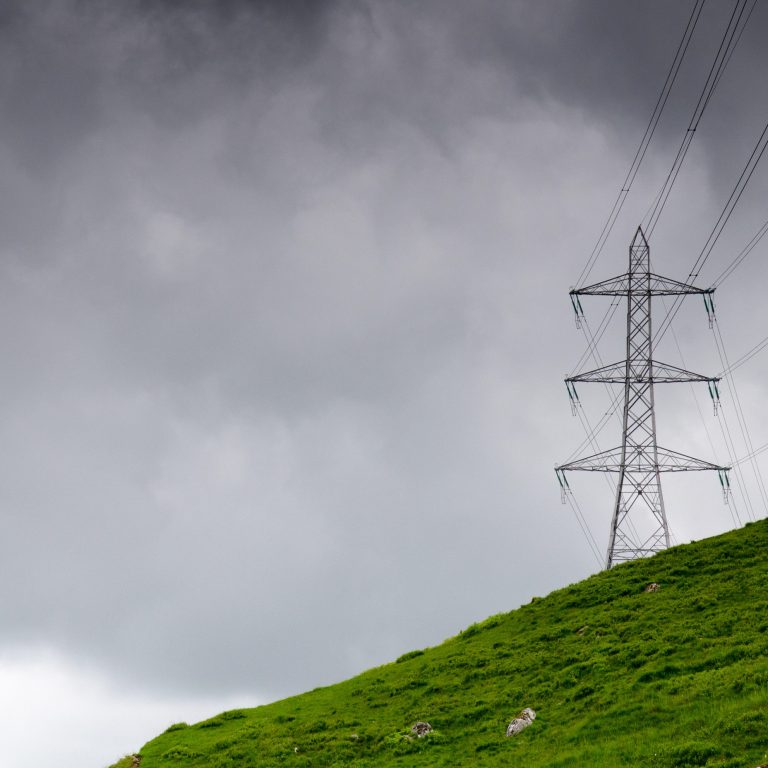The world is generating and using more renewable electricity than ever before, but in many cases it is being generated by intermittent – weather dependent – sources like solar and wind.
While these are imperative to a decarbonised future, they can’t generate power all the time, and this can cause gaps in electricity supply. One possible solution is storage. If we can store renewable electricity from intermittent sources when they are able to generate, it could then be utilised at times when they’re not.
However, the problem is the technology capable of storing electricity at a scale large enough to power a city doesn’t exist…yet.
The race to develop it is well under way, and several companies are working on building ever bigger, more efficient electricity storage methods. From pumping water up mountains to turning air into liquid, here are the emerging storage technologies (and some incumbent ones) shaping the storage landscape:
-
Pumped hydropower
What if we could power cities with something as simple as gravity? And a mountain.
Pumped hydropower storage uses excess electricity to pump water from a lower reservoir up to a higher one (for example up a mountain or hill) where it is stored. When electricity is needed, the water is released from the higher reservoir and runs down the natural incline, passing through a typical hydro-power turbine to generate electricity.
Pumped hydro is one of the largest-capacity forms of grid power storage and currently accounts for 99% of all bulk storage globally. The Bath County Pumped Storage Station in Virginia, USA is often referred to as the ‘world’s biggest battery’, and boasts a generation capacity of more than 3 gigawatts (GW), which is almost as much as the power output of Drax Power Station or Hinkley Point C.
So what’s the catch? While pumped-hydro storage is efficient and capable of holding huge capacity, its major drawback is it requires a suitable mountain or hill to be converted into a giant battery. Unsurprisingly, not every landscape offers one. Great Britain has limited potential – but has a number of pumped storage facilities including the impressive Dinorwig in the Snowdonia region of Wales, known as the Electric Mountain which, like Drax, doubles up as a tourist attraction.
In December 2018, Drax bought Cruachan Power Station, the second biggest pumped-hydro storage power station in Great Britain. Visit Cruachan — The Hollow Mountain.
-
Flywheels and supercapacitors
Some of the most-rapidly responding forms of energy storage, flywheel and supercapacitor storage can both discharge and recharge faster than most conventional forms of batteries.
The first works by spinning a rotor (or flywheel) to very high speeds using electrical energy. This process creates kinetic energy which is effectively stored within the spinning rotor until it’s required, at which point the kinetic energy is converted back into electricity.
Supercapacitors take a similar approach but store power electrically. With the combined properties of a battery and a capacitor, they store energy as a static charge, but unlike conventional batteries there is no chemical reaction during charging or discharging.
-
Lithium-ion batteries
Lithium-ion batteries are already the go-to power source for most home electronics thanks to their high-energy density and low self-discharge rates. But companies are looking to extend their usage by rapidly advancing the technology to take on bigger and better uses, most notably electric vehicles (EVs) and providing security of supply to national and regional electricity networks.
In South Australia, Tesla has just finished installing the world’s biggest lithium-ion battery facility. At 100 megawatts (MW), it will be able to supply 30,000 homes for an hour, such as when the wind drops and the turbines of the wind farm it is connected to are not producing much power.
Lithium-ion batteries are now the most widely used in EVs, but manufacturers are still facing the challenge of lowering the cost of their manufacture to a point at which to make EVs widely accessible.
Tesla has made achieving this a priority, establishing its massive ‘gigafactory’ in Nevada to help ramp up production and drop the batteries’ price. A true breakthrough on this point is yet to be reached, however.
-
Solid state batteries
The primary complaint for most domestic batteries today, be they in smartphones or EVs, is they just don’t last long enough. This is where solid-state batteries have a serious advantage.
Using solid electrodes and electrolytes rather than liquid electrolytes (used in most commercial batteries), solid-state models are smaller, cheaper and have a greater energy density than lithium-ion batteries. They can also be recharged much faster and emit less heat.
In an EV, this can lead to better efficiency, lower costs and safer operation. The only trouble is the technology isn’t quite viable at scale yet. Dyson and Toyota, are both putting serious money behind the technology and believe it will be on the market in 2020.
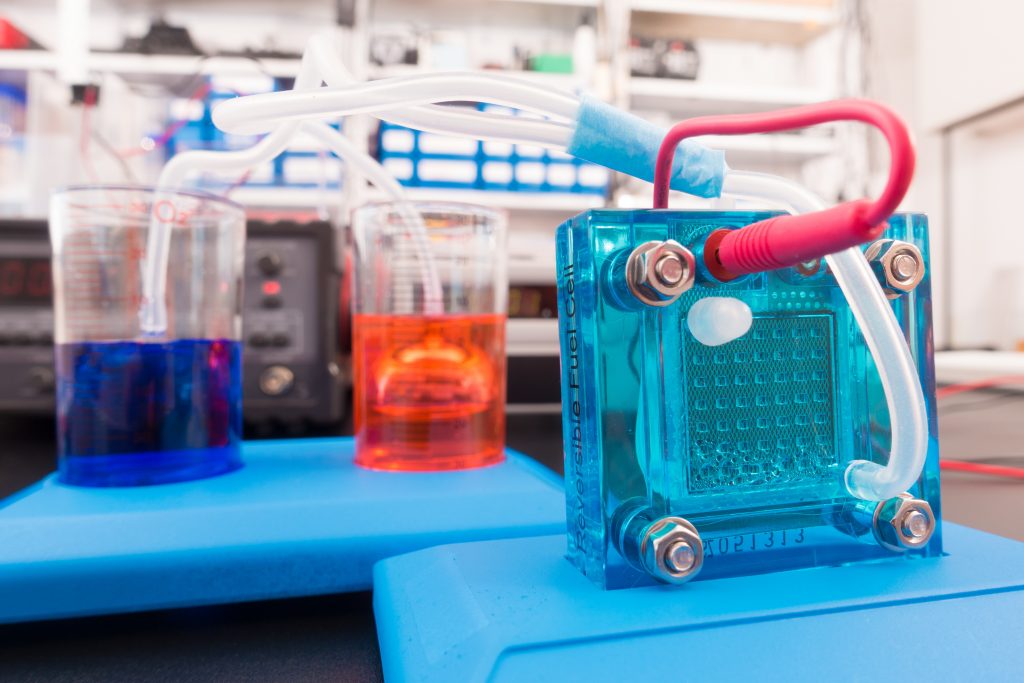
-
Hydrogen fuel cells
Hydrogen is one of the most-abundant elements on earth, so it’s an attractive fuel for any power-generation technology. The latest to emerge is hydrogen fuel cells, which are quickly growing in popularity in the automotive space.
The fuel cells work similarly to batteries with two electrodes separated by an electrolyte. However, rather than running down and needing recharging, hydrogen fuel cells can continue to produce electricity so long as a constant supply of hydrogen and an oxidizer are pumped through it.
This means a regular supply of hydrogen needs to be fed in to continue to generate power – prompting the rise of fuelling stations where hydrogen-powered cars can be ‘filled up’ with hydrogen when their batteries have run dry.
Beyond powering cars, hydrogen fuel cells have also been used to power buildings and NASA satellites.
-
Vehicle-to-grid systems
But what if beyond simply using electricity, EVs could themselves act as energy storage systems?
Between journeys, all cars spend long periods of time stationary. Vehicle-to-grid (V2G) systems can take advantage of this and give EVs the ability to discharge their stored electricity for distribution across the grid, helping meet demand during peak times. In effect, cars can become mini power plants.
Nissan and Italian energy provider Enel have already advanced plans for this sort of system and aim to install around one hundred ‘car-to-grid’ charging points across the UK. EVs plugged into these sites will be able to both charge their batteries and feed stored energy back to the National Grid when necessary. Drax, too, is involved in this space, funding research into V2G systems at Sheffield University.
Smart charging systems will help to automate this give-and-take of electricity further and allow EVs to further help reduce overall carbon emissions.
-
Compressed air energy
Compressed air energy storage works similarly to pumped hydropower, but instead of pushing water uphill, excess electricity is used to compress and store energy underground. When electricity is needed, the pressurised air is heated (which causes it to expand) and released, driving a turbine.
Behind pumped hydro-energy, compressed air is the second-largest form of energy storage, and is continuously being developed to become more efficient and less dependent on fossil fuels to heat air.
And similarly to pumped hydro, it’s a site-specific means of storage. Compressed air is normally best stored in existing geological formations, such as disused hard rock or old salt mines.
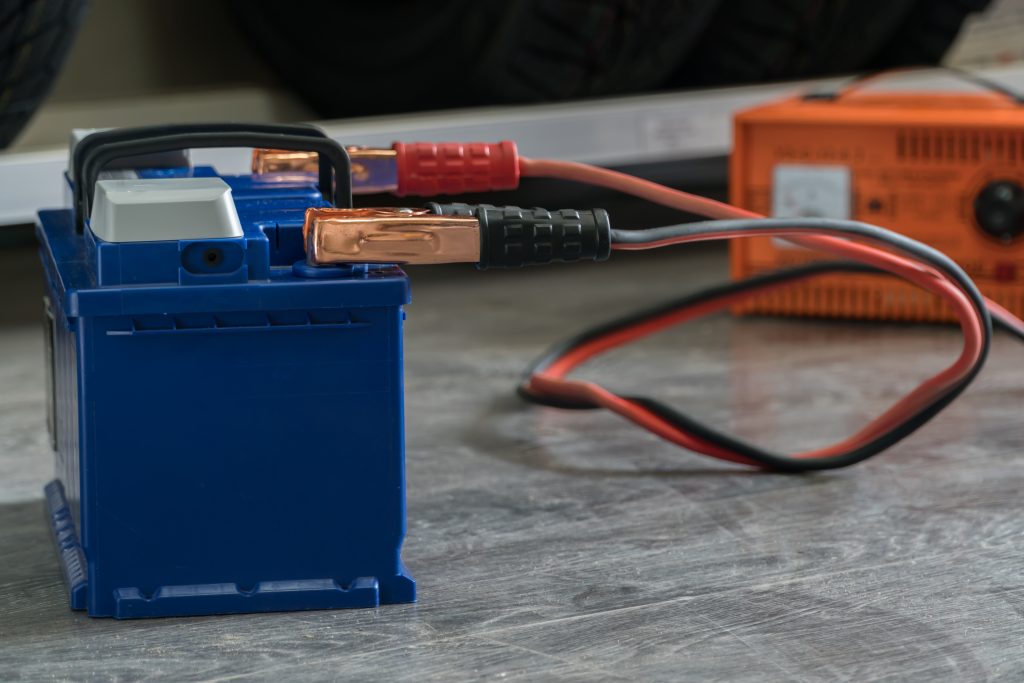
-
Lead-acid batteries
Their technology might be a century and a half old, but lead-acid batteries are still used today for the simple reason that they still work.
Many decades of development mean lead-acid batteries are cheap to produce and highly reliable compared to new innovations in the space. Today, they are most commonly used as car batteries, but they have also long served as off-grid storage for solar arrays.
Their drawbacks include the toxic nature of the chemicals involved and the short lifespan of 300 to 500 cycles. However, recycling programmes around these lead-acid batteries have been so effective that 99% of the batteries in the US were recycled between 2009 and 2013.
While more-efficient, longer lasting, faster charging and lighter batteries are in development, lead-acid models remain the cheap, tried-and-tested, standard for small-scale storage.
-
Redox flow batteries
Specifically focusing on renewable energy storage, flow batteries are significantly cheaper than lithium-ion grid-scale storage, and offer a longer lifecycle.
Flow batteries consist of two tanks of liquids that are pumped into a reactor where they generate a charge. The capacity of the storage facility is therefore determined by the size of the tanks holding their respective liquids, which can mean they are bulky and space intensive.
Compared to other grid-scale storage systems, however, flow batteries are more economical, suffer lower vulnerabilities, and could hold potential to store large amounts of energy for long periods of time – one of the reasons why Drax is funding a PhD in the area.
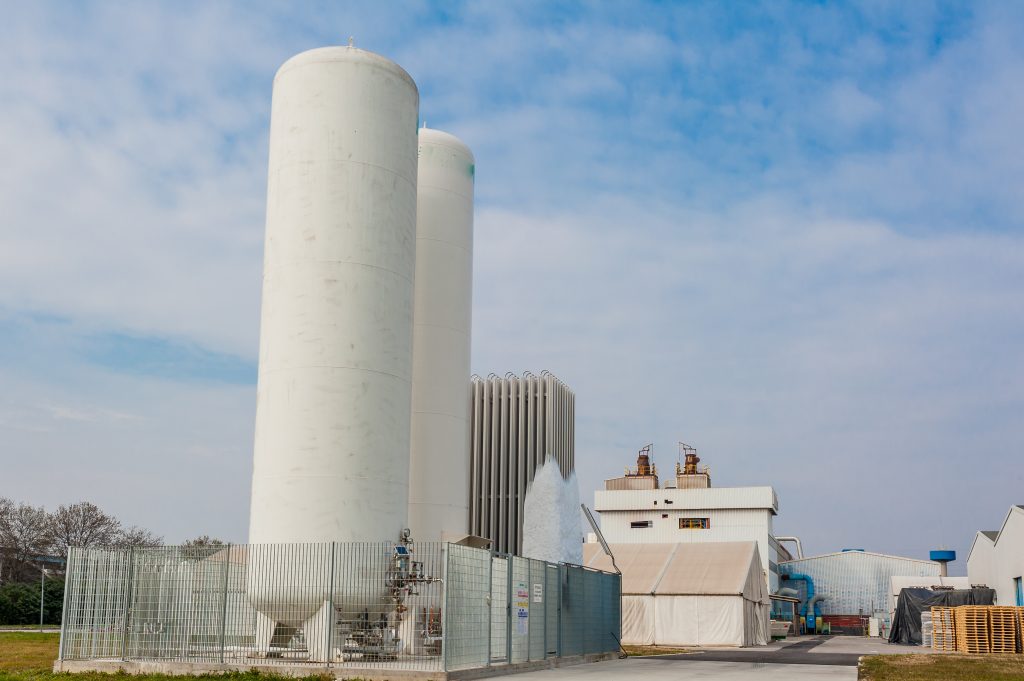
Liquid oxygen plant, tanks and heat exchange coils, the background a factory
-
Liquefied air
What more abundant resource to use for energy storage than the air around us? By cooling air down to -196oC it is turned into a compressed liquid, which can be stored. When ambient air is exposed to this liquid it re-gasifies and expands in volume rapidly, rotating a turbine in the process.
One of the main advantages of this form of storage is its potentially high capacity – an impressive 700 litres of ambient air can be reduced to just one litre of liquid air. More than this, there is potential for it to become even more efficient by using waste heat and cold from industrial process such as thermal generation plants, steel milling, or the creation of liquefied natural gas (LNG).
UK company Highview Power Storage is currently trialling the technology at the Piliswoth landfill gas generation facility where it will provide energy storage as well as convert low-grade waste heat to power.
Want to find out more? Keep an eye on the Drax Repower project, which includes plans for up to 200 MW of storage. And Imperial College London’s Grantham Institute on Climate Change and the Environment produced this detailed infographic comparing the benefits and challenges faced by energy storage technologies.








